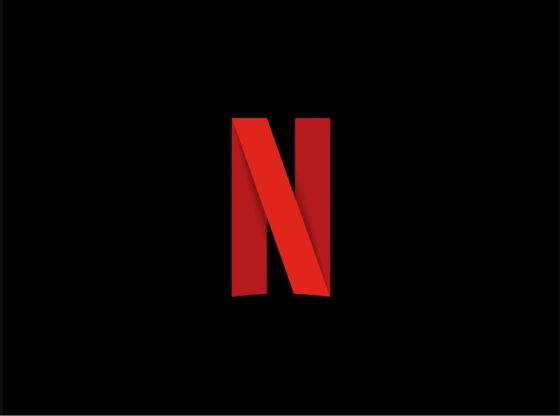 Photo by: photos comicbookmovie.com and collider.com
Photo by: photos comicbookmovie.com and collider.com
The summer movie season kicks off with a bang this year with “The Avengers,” a blockbuster that is so well orchestrated, visually gripping and effectively paced your eyes will be glued tightly to the screen throughout its roughly two-hour and 20-minute run time. Aiming to be more than a big-budget action flick, “The Avengers,” which earned a record-breaking $200 million at the box office over the weekend, is strong in every area, and is not only one of the most enjoyable movies of the year, but one of the best comic book movies ever produced.
“The Avengers,” which has been in the making for nearly seven years, marks the convergence of an array of superhero tales that themselves have comprised several films in the Marvel cinematic universe, starting in 2008 with “Iron Man” and “The Incredible Hulk,” and continuing on with 2010’s “Iron Man 2” and last summer’s “Thor” and “Captain America: The First Avenger.” The film boasts an impressive star-studded cast, with Robert Downey Jr. (Iron Man), Samuel L. Jackson (Colonel Nick Fury), Chris Evans (Captain America), Chris Hemsworth (Thor), Clark Gregg (Agent Phil Coulson), Gwyneth Paltrow (Pepper Potts) and Paul Bettany (Jarvis) all reprising their roles from previous films. A new set of actors also features some rather big names, with Mark Ruffalo taking over for Edward Norton as the Incredible Hulk, Scarlett Johansson perfectly playing the tortured, yet powerful heroine Black Widow and Jeremy Renner effectively embodying the simultaneous roles of hero and villain in his unflinchingly badass portrayal of Hawkeye.
Director and screenwriter Joss Whedon (“Cabin in the Woods,” “Captain America”) does a masterful job of weaving together the film’s colorful cast of characters, establishing not only their heroism, but their humanity as well. Though the characters are introduced at different times, Whedon makes sure to give comparable amounts of screen time to all, making the group of heroes as well rounded as it is diverse.
When asked in a conference call interview about the pressures of portraying so many well-established figures with such fervent backings, Whedon replied: “I am the fervent backing” – Whedon’s affection for these characters is apparent in every frame, and by the end of the film, you’ll be hard-pressed to choose a favorite.
As the band of heroes overcome their differences to defeat Loki (Tom Hiddleston, “Thor”) and his army, the characters draw on their own individual knowledge, expertise and backstory to push each other, allowing for personal character growth and a group dynamic to form. This exposition is extremely well paced on all fronts, but in no area is Whedon’s fine touch more apparent than in the story of Bruce Banner as The Hulk – throughout much of the film, the audience is left in sheer anticipation of the chaos that is sure to accompany Banner’s eventual transformation. Ruffalo does a fantastic job at portraying the inner struggle of a man with such potential for destruction, and as a result, when The Hulk does finally appear, the payoff is huge.
Speaking visually, Whedon and cinematographer Seamus McGarvey bring a close-up and intense approach to action sequences, immersively pulling the audience into the strange, yet familiar, iteration of Earth the film has created. The film was released in 3D, which at times distracts from the movie itself, but overall the film incorporates the extra dimension better than do most others. In spite of the occasional visual distractions, McGarvey and Whedon create a spotless fourth wall and the audience has front row seats to this juggernaut of a movie.
Computer generated images are terrifically used in a variety of settings, from creating fantastical alternate universes to digitally rendering The Hulk wreaking havoc in the middle of New York City. Slipping in seamlessly with the live action of the other heroes, the film’s visual effects appear an effortless extension of the movie itself, enhancing the plot and making this one of the most visually stunning films of the year.
As impressive as the visuals, the sound quality throughout the film is extremely high. Beyond the typical sound effects for explosions, battles and normal interaction, the movie prominently displays its symphonic tour de force at standout moments such as when The Hulk begins tearing apart S.H.I.E.L.D.’s ship, the early squabble between Thor, Iron Man and Captain America and, finally, in the inevitable and climatic battle against Loki’s army. During these moments, when so much is taking place on the screen, “The Avengers” excels at creating a dynamic and exhaustive sonic setting to complement the physical one. In addition to creating a well-rounded audible atmosphere, the sound effects used carry significant and noticeable weight. When bullets are fired, or blows landed, response is evoked from the audience as if they too feel the impact. This important quality adds to the feeling of immersion and lends credibility to the film’s plot.
Whedon has, once again, demonstrated his innate ability to craft a legendary story, this time creating it from the ends of five other films. He expertly picks up where the others left off, weaving the threads into an airtight, compelling tale full of familiar faces, but with a striking amount of originality. Though the characters range from billionaire playboys to demigods, and the multiple alternate universes seen, “The Avengers” manages to maintain a certain sense of realism that not only grounds the plot, but helps the audience relate to the characters as well. Many of the heroes have the opportunity for further stories to be told, including the already planned “Thor 2” and “Iron Man 3,” but those who stay through the credits may get a glimpse of what lies on the horizon for the Avengers.











